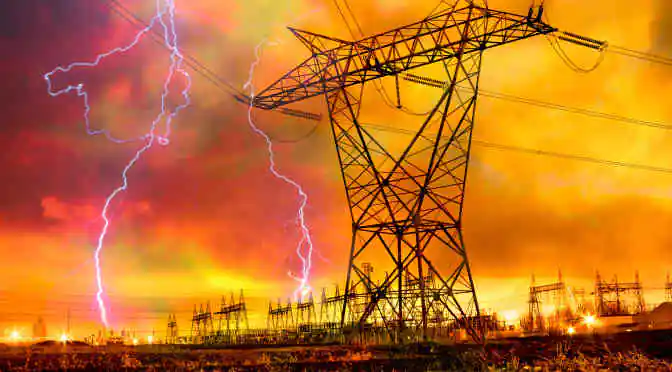A key part of renewable energy is how to store power for later use, especially in cases where supply outstrips demand.
Ensuring grid stability and network capacity are other key concerns that are leading to the development of advanced energy storage technologies.
According to new research from Technavio, thermal energy storage, batteries, compressed air, molten salt, and flywheels are key technologies poised for growth in this segment.
We expect that the total installed capacity of the advanced energy storage market will grow from 4,266.1 MW in 2015 to 8,236.5 MW by 2020.
Global advanced energy storage market by technology 2015
Source: Technavio, 2015
Thermal energy storage
- Installed capacity in 2015: 1,791.8 MW
- Installed capacity in 2020: 3,253.3 MW
A thermal energy storage (TES) system collects and stores excess thermal energy by heating or cooling a storage medium, in order to use the energy during peak or off periods.
TES helps mitigate the intermittent nature of solar PV, since solar power plants obviously can’t operate at night. TES plays a crucial role in electricity storage through concentrated solar power (CSP) plants where solar heat can be stored for electricity production in the absence of sunlight.
Nuclear power also leans on TES to achieve critical peak demand, by achieving higher power outputs.
Battery energy storage market
- Installed capacity in 2015: 989.7 MW
- Installed capacity in 2020: 2,216.2 MW
High costs, safety and security concerns, and low durability and efficiency have traditionally restricted the use of batteries in conventional energy storage systems. However, high investment in battery systems has enabled production of advanced low-cost and energy-efficient batteries for grid storage and electric vehicles (EVs).
This has caused a surge in the use of Li-ion batteries for energy storage. They’re a good option for microgrids with renewable energy sources because of their deep discharge life cycle, high energy, and power density.
Additionally, recent investments by NASA to increase the use of advanced energy storage systems (especially through Li-ion batteries) for space missions will also boost the battery energy storage market. NASA, along with the Department of Energy’s Advanced Research Projects Agency (ARPA-E), is striving to develop energy storage technology solutions for human and robotic exploration missions.
Compressed air energy storage (CAES)
- Installed capacity in 2015: 904.4 MW
- Installed capacity in 2020: 1,729.6 MW
CAES can mitigate issues related to unpredictable wind energy generation, which helps minimize economic losses caused by renewable projects.
Molten salt energy storage
- Installed capacity in 2015: 298.6 MW
- Installed capacity in 2020: 535.3 MW
Salts are becoming a popular energy storage medium as they can be heated to melting point and stored in insulated containers. During high energy demand, molten salts can be pumped out using a heat exchange system to release heat.
The downside to salts is that only about 70% of the heat generated by melting salts can be converted to electricity, compared to the 90% efficiency of battery storage.
Flywheel energy storage
- Installed capacity in 2015: 281.6 MW
- Installed capacity in 2020: 502.4 MW
Short-term energy storage systems like flywheels are installed in a microgrid to reduce wind or solar power fluctuations.
The FES system can control both frequency and voltage in a microgrid during islanded or remote operation. This system can also be coupled with wind generators to further regulate wind power generation with the help of a double fed induction generator.




